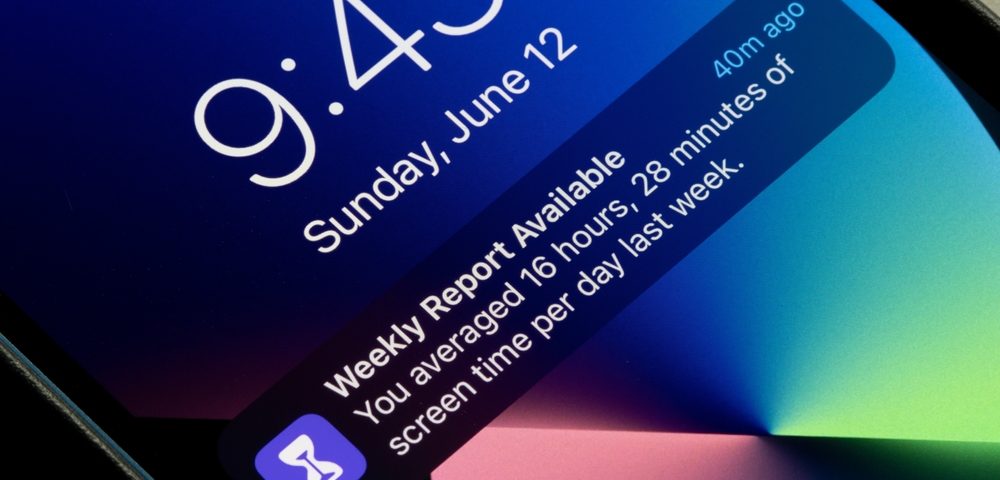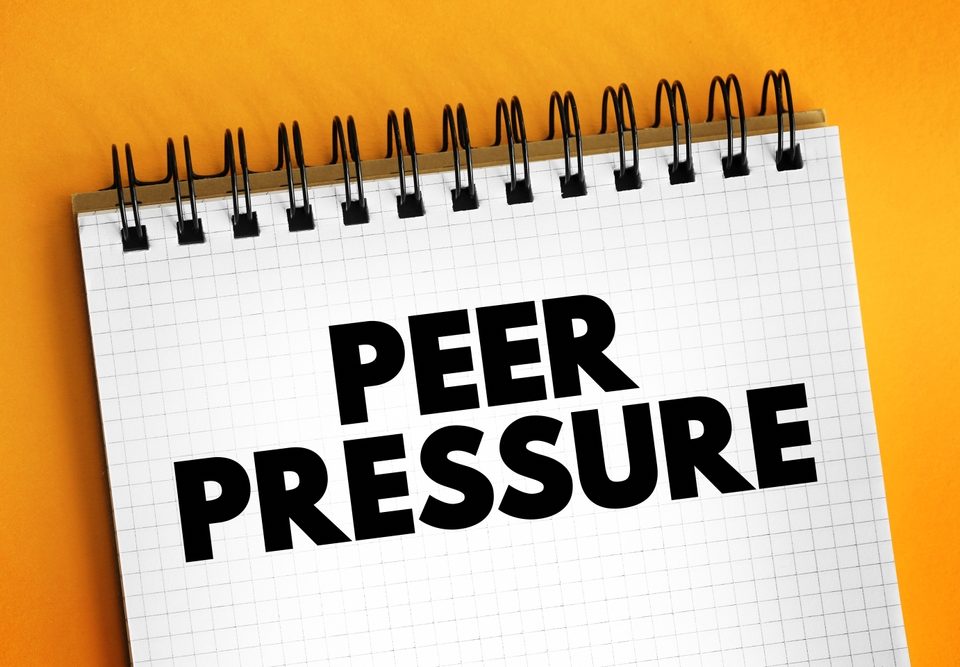
Both Mental and Physical Fitness are Crucial
August 16, 2024
The Good Ol’ Days
August 21, 2024Balancing screen time for teens is essential for their physical health, mental well-being, and academic performance. Here are some strategies to help manage and balance screen time effectively:
Set Clear Guidelines and Limits
- Establish Rules: Create clear rules about when and how long screens can be used. For example, set limits on daily screen time for leisure activities.
- Age-Appropriate Limits: Adjust screen time limits based on age. For instance, younger teens might have stricter limits compared to older teens.
- No Screens Before Bed: Implement a rule of no screens at least an hour before bedtime to promote better sleep.
Encourage Non-Screen Activities
- Hobbies and Interests: Encourage teens to explore hobbies and interests that do not involve screens, such as sports, reading, music, or arts and crafts.
- Outdoor Activities: Promote outdoor activities and physical exercise, such as biking, hiking, or playing team sports.
- Family Time: Schedule regular family activities that do not involve screens, like board games, cooking together, or going for walks.
Be a Role Model
- Set an Example: Model healthy screen habits yourself by limiting your screen time and engaging in non-screen activities.
- Family Screen Time: Establish family screen-free times, such as during meals or certain hours of the day, to reinforce the importance of balanced screen use.
Use Technology Wisely
- Educational Content: Encourage the use of screens for educational purposes, such as online learning, research, or educational games.
- Screen Time Apps: Use screen time tracking apps and parental controls to monitor and limit screen use.
- Quality over Quantity: Focus on the quality of screen time rather than just the quantity. Prioritize meaningful and educational content over mindless scrolling or gaming.
Foster Open Communication
- Discuss Screen Time: Have open conversations about the benefits and drawbacks of screen use. Discuss how excessive screen time can impact health, sleep, and academic performance.
- Involve Teens in Decision-Making: Involve your teens in setting screen time limits and guidelines. This can help them understand the reasons behind the rules and make them more likely to follow them.
- Address Concerns: Listen to your teen’s concerns about screen time limits and address any challenges they face in balancing screen use with other activities.
Balance Screen Time with Responsibilities
- Prioritize Responsibilities: Ensure that screen time does not interfere with important responsibilities like homework, chores, and extracurricular activities.
- Reward System: Use screen time as a reward for completing tasks or meeting goals. This can help reinforce positive behavior and time management skills.
Monitor and Adjust
- Regular Check-Ins: Regularly check in with your teen to see how they are managing their screen time and make adjustments as needed.
- Stay Informed: Keep up to date with the latest research and recommendations on screen time for teens.
Encourage Mindfulness
- Mindful Use: Teach teens to be mindful of their screen use, such as recognizing when they are using screens out of habit rather than necessity.
- Breaks and Downtime: Encourage regular breaks from screens, especially during long periods of use. Promote the 20-20-20 rule: every 20 minutes, take a 20-second break to look at something 20 feet away.
Address Screen Addiction
- Recognize Signs: Be aware of signs of screen addiction, such as irritability when not using screens, neglect of responsibilities, or social isolation.
- Seek Help: If you suspect your teen has a screen addiction, consider seeking help from a professional, such as a counselor or therapist, who specializes in this area.
By setting clear guidelines, encouraging a variety of activities, and maintaining open communication, you can help your teen develop a healthy balance between screen time and other important aspects of their life.
To learn more tips and parenting subscribe to MASK The Magazine, parenting solutions for today’s families
Subscribe to MASK The Magazine
Or
Did you know that you can add past issues of MASK The Magazine and start your MASK Library –
Enroll your child or school in the MASK E3 Institute to equip them with the knowledge to make safe healthy and informed decisions.




